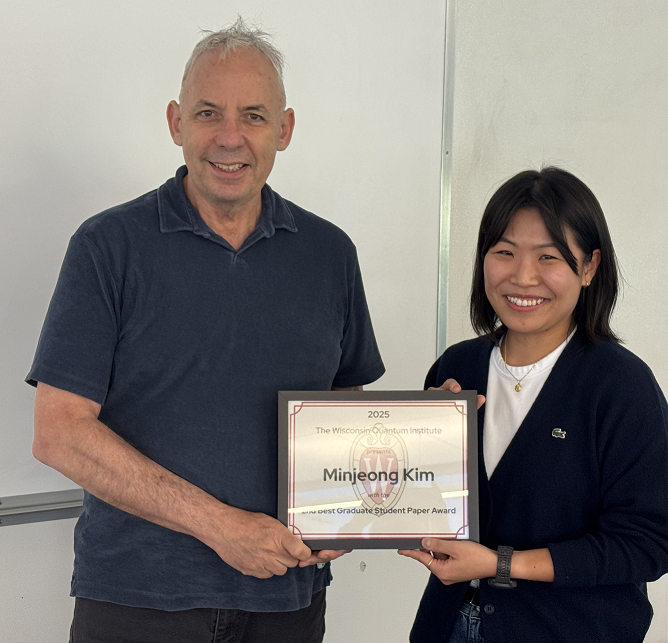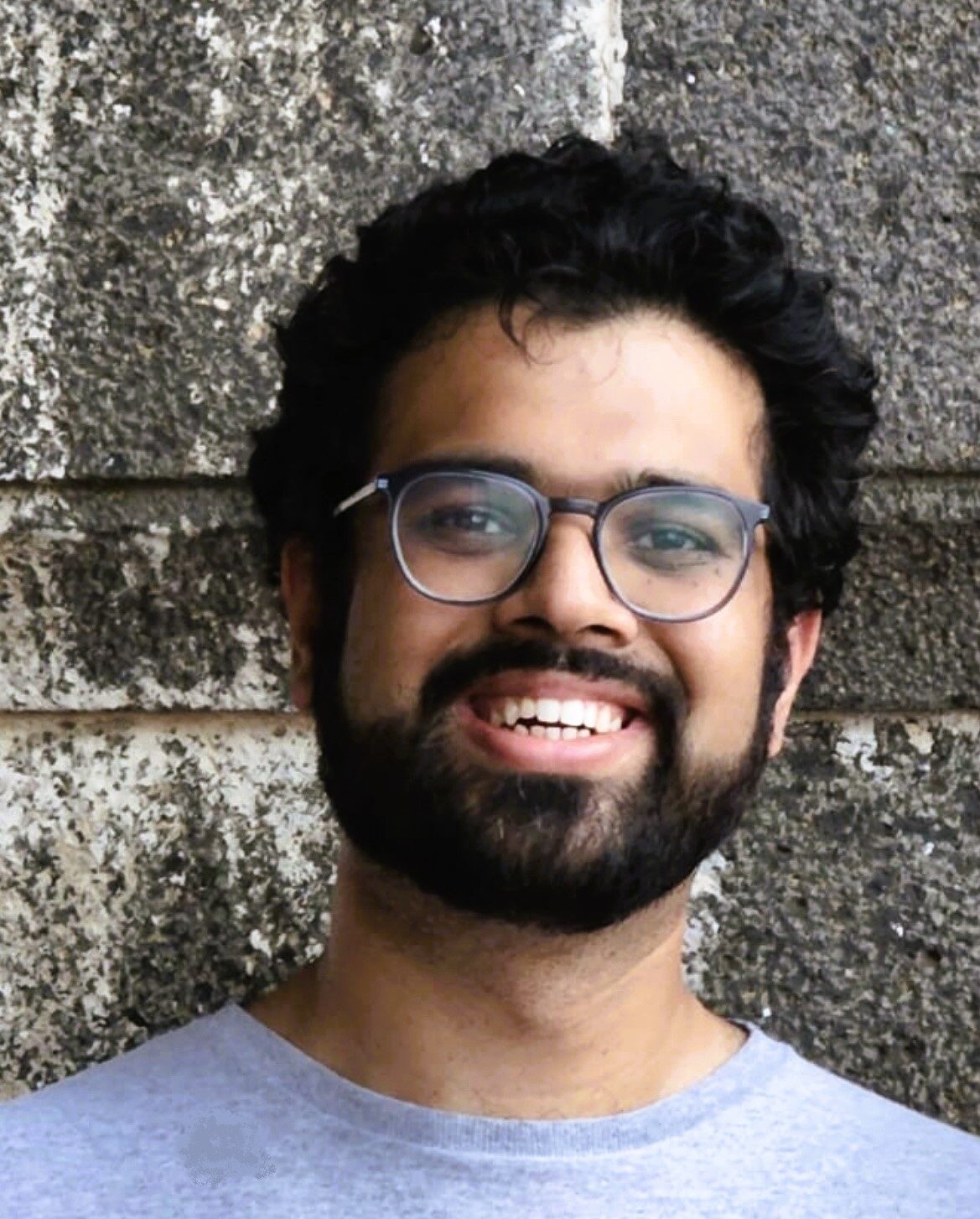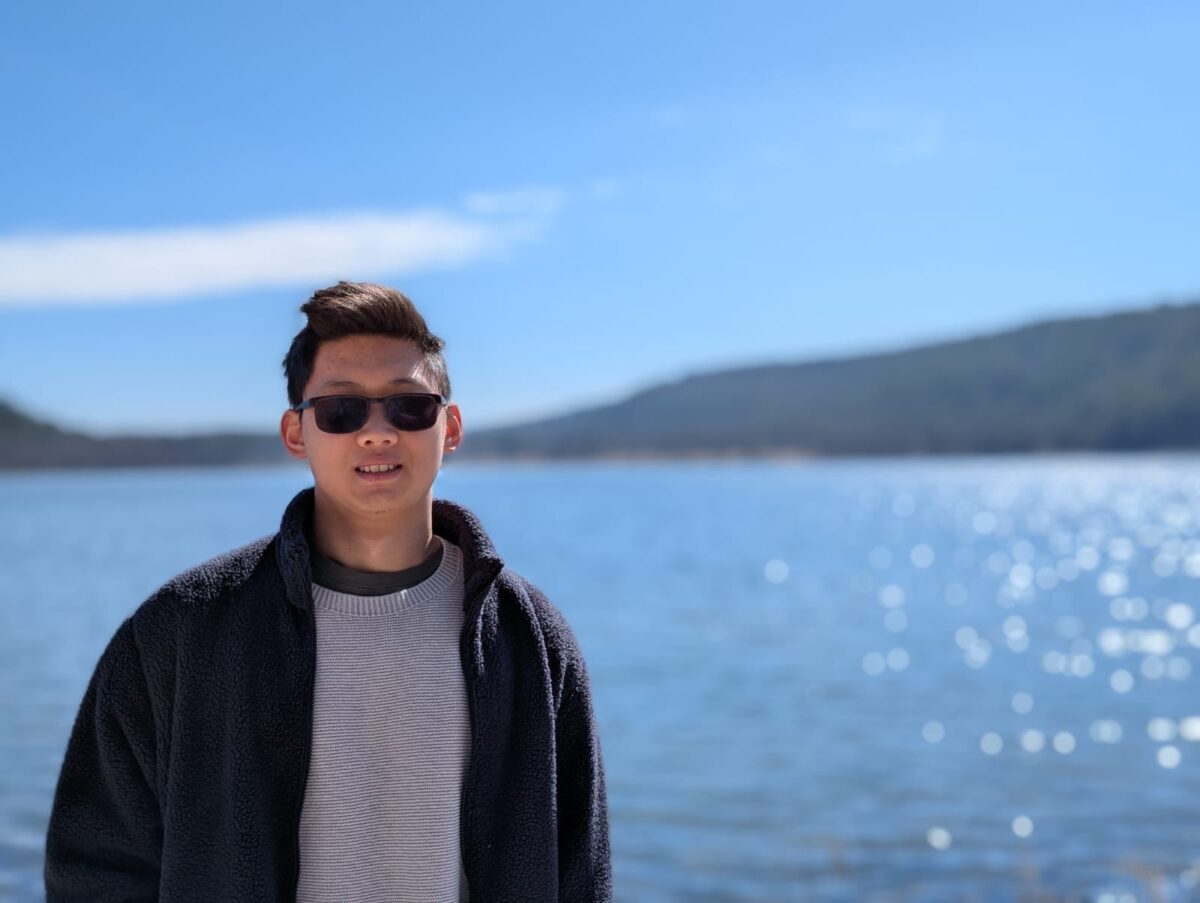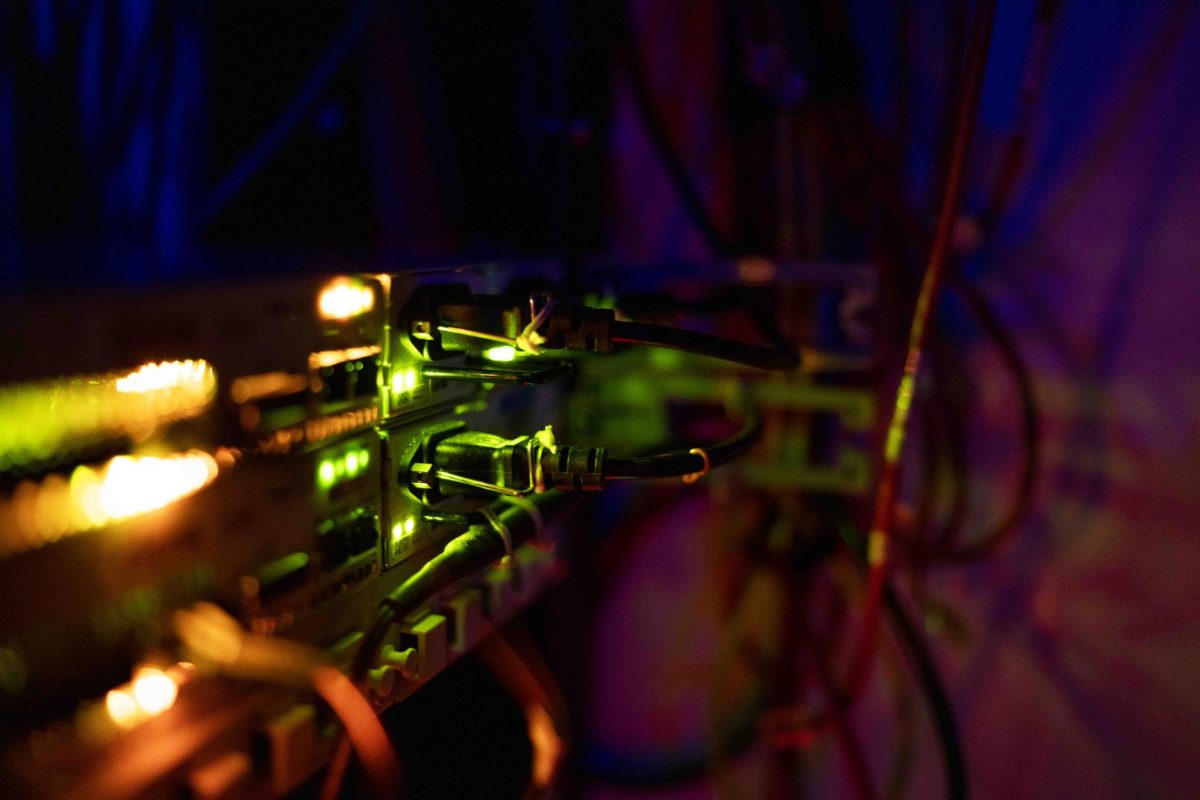The Wisconsin Quantum Institute selected four graduate student finalists who presented their work during a special colloquium today.
A 1st place prize ($1000) and a 2nd place prize ($500) were awarded to Omar Nagib and Minjeong Kim for their work on:
Omar Nagib – Efficient preparation of entangled states in cavity QED with Grover’s algorithm
Minjeong Kim – Broadband Light Extraction from Near-Surface NV Centers Using Crystalline-Silicon Antennas
The competition for AY25-26 will reopen during the Spring of 2026.
Congratulations to all presenters for their great work!



 Read the full article at:
Read the full article at:

